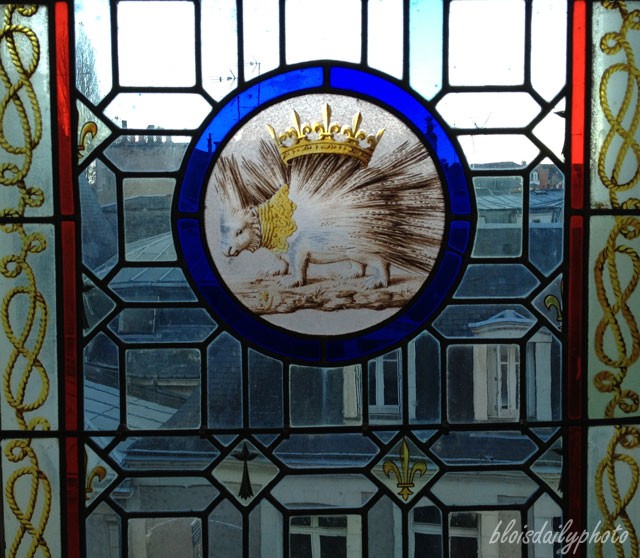Looking out the window of Blois Royal Castle. The porcupine is the symbol of King Louis XII, born in the castle in 1462. His motto was “Qui s’y frotte s’y pique” which is a play on words: se frotter means both literally to rub up against something and metaphorically to cross swords with them; se …
Continue reading “CBD theme day – Looking Out the Castle Window”
